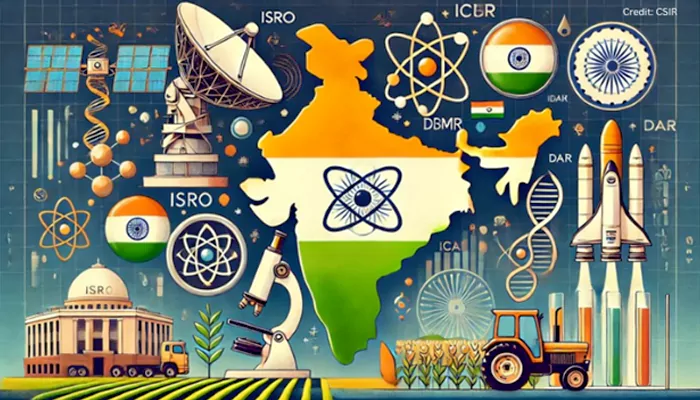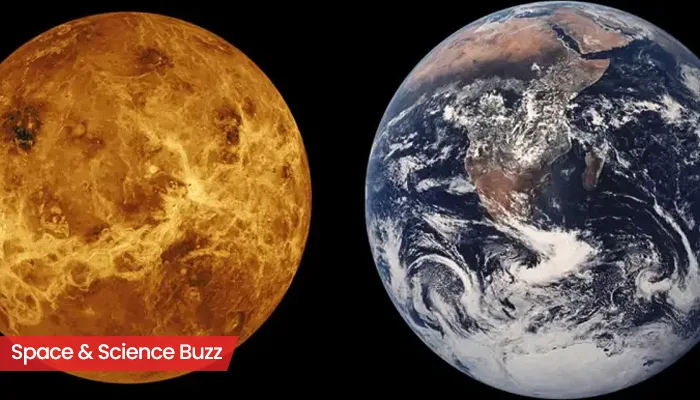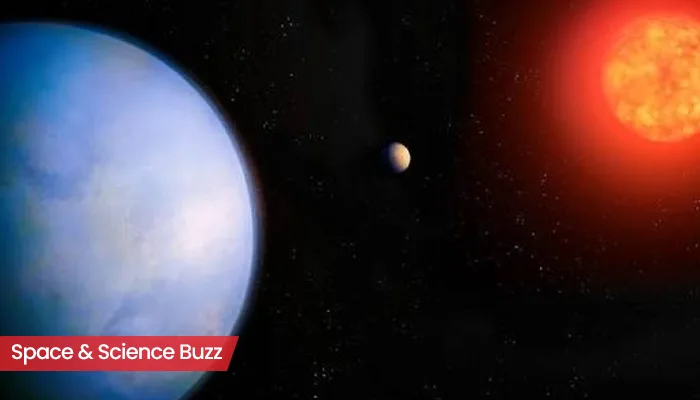Five Ambitious Space Missions That Navigated The Less Explored Outer Planets and Interstellar Space
- Satavisha
- 1 year ago
- 4 minutes read

The success of Cassini-Huygens and Galileo missions to Saturn and Jupiter significantly magnified our understanding of the giant outer planets and their fascinating moons. But these two missions have sparked more questions.
The great leap of humanity into interstellar space—the galactic region existing between the stars—is in progress. NASA's twin space probes, Voyager 1 and 2—are both floating in interstellar space now—navigating the vast unexplored region.
As of now, sending humans to interstellar space—not to mention—beyond the cosmic void remains in the domain of science fiction. However, engineers and scientists are developing technologies that might land astronauts there someday. Until then, let us gather more information about five ambitious space missions that navigated the outer planets and are exploring interstellar space.
Cassini-Huygens
This was a joint mission by NASA and ESA—launched in 1997 and reached Saturn in 2004. The space probe has been in the ringed planet’s orbit since then, capturing stunning images of its moons, ring, and atmosphere.
Eventually, the Huygens probe parted from Cassini and went on an independent journey to Titan, Saturn’s moon—where it plummeted through the atmosphere and finally in 2005, landed on the ground. Although this was not the first mission to Saturn, Cassini was the first probe that orbited the planet and thoroughly examined the system.
Voyager 1 and 2
The twin spacecraft—Voyager 1 (launched on September 5, 1977) and Voyager 2 (launched on August 20, 1977)—were designed to survey the two outer planets Saturn and Jupiter, their moons, and deep space. The twin probes made several groundbreaking discoveries about Saturn and Jupiter—including the faint planetary rings around Jupiter and the volcanic nature of Io—Jupiter's moon. The flyby missions to Uranus led to the discovery of its ten new moons, and it further revealed that Neptune weighs lighter than what astronomers had anticipated earlier.
Both the spacecraft have sufficient power to continue transmitting radio signals until 2025—and they are currently exploring interstellar space. Voyager 1 and 2 are currently the farthest human-made objects navigating space beyond our solar system—a hundred times the distance between the Sun and the Earth.
Pioneer 10 and 11
Pioneer 10 and 11 were launched in the early 1970s—and are the first probes that aimed at investigating the space beyond the Red Planet’s orbit. The space probes passed through the asteroid belt and flew by the gas giants, Jupiter and Saturn.
Both the spacecraft captured stunning close-up images of Mars’ wide red belt that goes around the planet and the Great Red Spot. Nearly one year later, Pioneer 11 passed by Jupiter, and and later by Saturn and discovered some small moons orbiting the latter. Both the space probes have stopped transmitting data, but are continuing their journey out of the solar system and into interstellar space.
Galileo Jupiter Mission
The Galileo mission was designed to investigate Jupiter, the giant planet’s moons, and its intriguing magnetosphere for two years. The spacecraft had an atmospheric probe—designed to directly survey Jupiter's atmosphere.
While the space shuttle carrying the probe was launched on October 18, 1989—the atmospheric probe was set free in July 1995—5 months before reaching Jupiter. The probe entered Jupiter’s atmosphere in December 1995.
The atmospheric probe gathered data for almost an hour and it enabled scientists to examine the composition and structure of the planet’s upper atmosphere. For the next 8 years, Galileo completed 34 orbits around the gas giant and its moons. The probe focused specifically on Jupiter’s four largest moons—Io, Ganymede, Callisto, and Europa. Galileo also discovered traces of a liquid ocean underneath the planet’s icy crust.
The New Horizons mission
The New Horizons mission was launched in 2006 to explore Pluto, Jupiter and the Kuiper Belt. This space probe made a groundbreaking attempt at space exploration. The space mission has helped us gain more knowledge about the solar system during its early developmental phase. It explored the region outside our solar system, and in 2015—the space probe achieved a significant milestone by capturing the first-ever close-up pictures of Pluto and its natural satellites. This mission helped reshape the way we view celestial objects lying beyond Mars by further pushing the limits of deep space exploration.
While these space missions left their mark in the history of space exploration, researchers from around the world are still exploring new concepts and ideas to explore interstellar space.



.webp)
.WEBP)
.WEBP)
.webp)
.webp)


.webp)
.webp)
.webp)